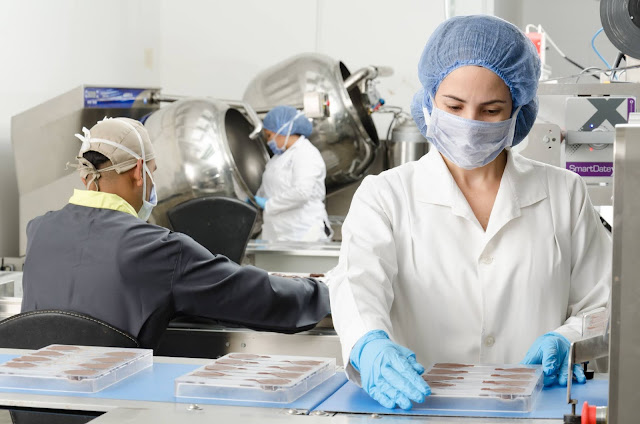Unsafe food that contains viruses, bacteria, toxins, or parasites causes over 200 diseases that include diarrhea and serious illnesses such as cancers.
Apart from health risks, these preventable illnesses lead to a loss in productivity, higher medical bills, and pose a huge public health burden.
What causes foodborne illnesses?
Many types of microorganisms can cause foodborne illnesses including bacteria, viruses, fungi, and parasites. Chemical substances and toxins in the food also lead to illnesses.
CDC (Centers for Disease Control and Prevention) estimates that 64 percent of foodborne illnesses resulting in hospitalizations were caused by harmful bacteria, 27 percent by viruses, and 9 percent by parasites.
The most common pathogens that cause foodborne illnesses include:
- E.coli - E.coli is a type of bacteria that can enter our body through contaminated food or water. While some types of E-coli are harmless and live in our gut, other types cause serious illnesses.
- Norovirus - This virus is the most common cause of foodborne illnesses in the U.S. While contaminated water or food is typically the source of norovirus, it also spreads from person to person resulting in diarrhea, vomiting, headache, cramps, and fever.
- Salmonella - This is a type of bacteria present in many foods such as eggs, meat, vegetables, nuts, spices, and fruits. The pathogen causes a disease called 'Salmonellosis' characterized by vomiting, cramps, diarrhea, and fever. It can also cause a more serious type of infection called enteric fever that can be fatal for some people who do not receive immediate treatment.
- Hepatitis A virus enters our body through contaminated food such as salads and shellfish as well as water to cause a serious illness called Hepatitis A.
Why focus on food safety?
Foodborne illnesses continue to be a top concern in the U.S. The U.S. FDA (Food and Drug Administration) states that about 17 percent of the population in the U.S.(48 million people) fall sick each year as a result of foodborne illnesses. Unsafe food leads to 128,000 hospitalizations as well as 3000 deaths.
According to the World Health Organization (WHO),
- One out of ten people or about 600 million people across the world fall ill after eating unsafe or contaminated food
- Food-borne illnesses result in 420 000 deaths each year, leading to a loss of 33 million DALYs (Disability-adjusted life years)
- Across middle and low-income countries, the annual medical expenses and productivity losses due to unsafe food are as high as US$110 billion
- The most common food-borne illnesses are diarrheal diseases that lead to 550 million people falling ill each year
Food safety practices
According to food science technician, Humberto Ojeda Avila, these pathogens commonly get into food or water through
- improper food handling
- lack of hygiene
- unsafe practices in agriculture/farms
- contamination during manufacturing, storage, or distribution
- contamination in commercial kitchens or stores.
Food safety measures, as emphasized by Humberto Ojeda and ongoing improvements in food handling practices can help prevent most of these foodborne illnesses. The benefits of following the best practices in food safety include:
- Reduced health care costs and loss of income for individuals.
- Safer and healthier food supply chain from the farm to the table.
- Fewer product recalls.
- Improved productivity.
- Improved public health that reduces healthcare burden.
- Consumer confidence in food supply that leads to economic stability in the food sector.

Comments
Post a Comment